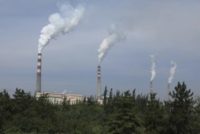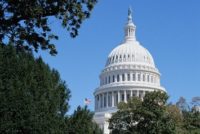Final EPA Rule Eliminates “Once in, Always in” for HAP Sources
On October 1, 2020, the EPA finalized a rule under the Clean Air Act (CAA) giving sources of major hazardous air pollution (HAP) a route to reclassify themselves as area sources subject to much less stringent requirements.









